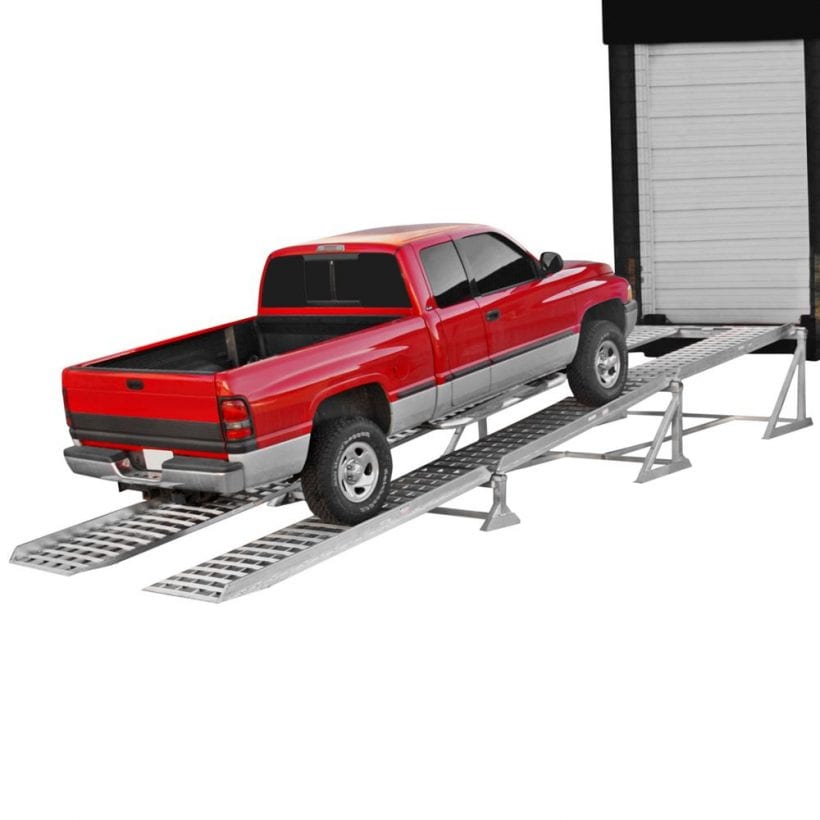Those who regularly haul some kind of cargo in their trailers or trucks rely heavily on aluminum ramp day in and day out. As many of these people can attest, when using aluminum loading ramps significant risk of property damage or personal injury exists. We have put together a guide of all the uses for aluminum ramps and tips on how to use them safely and effectively.
Aluminum loading ramps are a simple machine that you have probably learned back in school, usually called the inclined plane. The ramp’s flat supporting surface is tilted at an angle with one end considerably higher than the other end to aid for lowering or raising some type of load.
Types of loading ramps
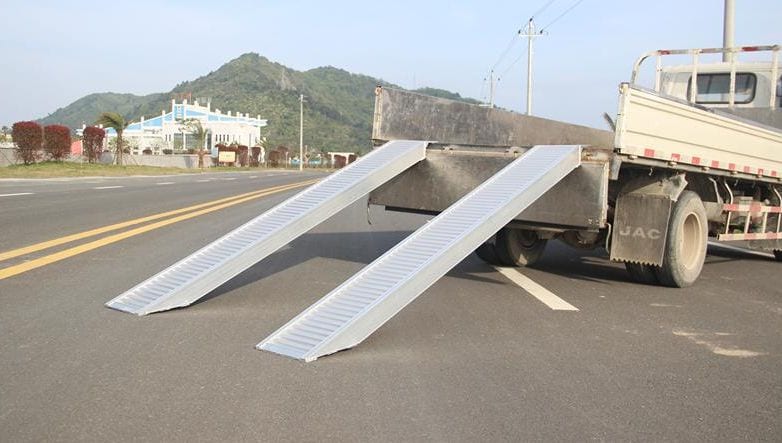
You can find all kinds of loading ramps and each type is designed for a different function.
Mobile loading ramps
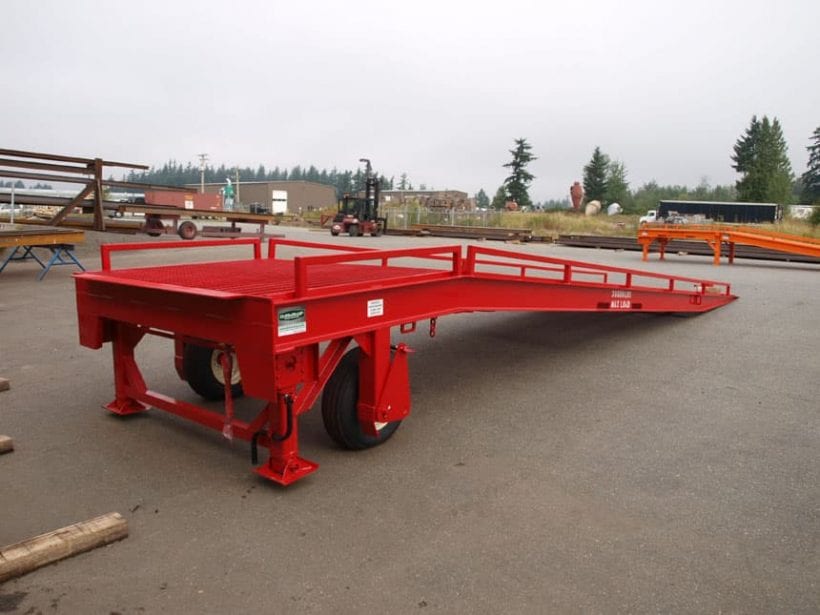
If your operation requires a lot of adaptability and mobility, mobile loading ramps can greatly increase your productivity. Mobile loading ramps often use castors and heavy-duty wheels to gain some degree of portability, and they usually have a much lighter weight construction so they can be moved with ease.
Heavy-duty ramps
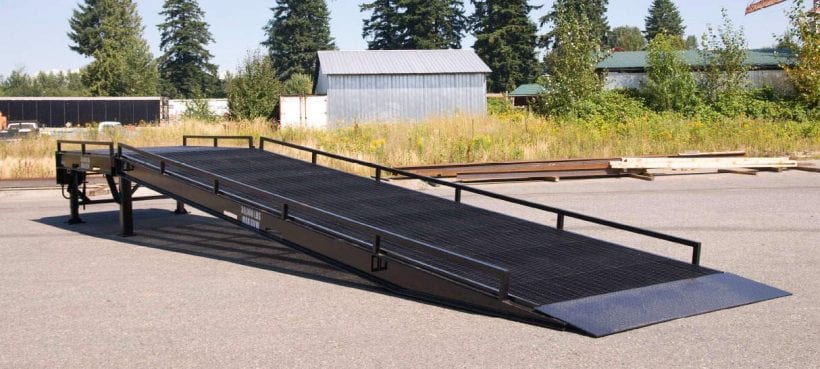
Aluminum loading ramps that are designed to support massive amounts of weight and to be very durable are considered heavy duty. These heavy-duty ramps have a wide variety of uses because of their better degree of safety and require a lot less maintenance than mobile loading ramps.
If you want to know more about loading ramps and where you can get one, check out Sureweld.
How to safely use aluminum loading ramps
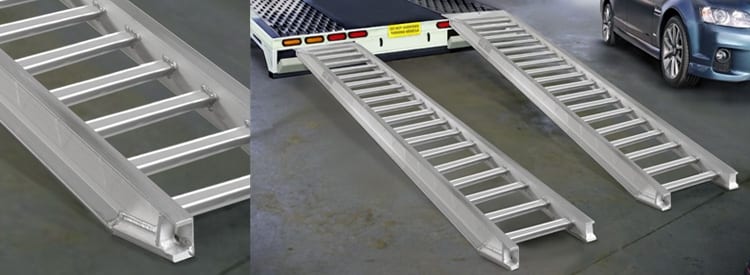
Be sure to consider the ground clearance of the items you want to load. You won’t have any problem loading items like dirtbikes or ATV’s because of their high clearance. Where vehicles like tractors or lawnmower that have much less ground clearance can be a challenge. There are specially angled ramps that are designed for these types of problems. The curve of the ramp allows for longer distance between the bottom of the item and the edge of the loading surface.
Make sure the ramps are securely fastened to the trailer or vehicle if you want to safely use your loading ramps to move your cargo. Securing your loading ramp to the vehicle is the number one priority for safety. An unfastened ramp could slip because of friction produced by the spinning tires or because of heavy load. This may result in serious property damage or injury to the operator.
Aluming loading ramp tips
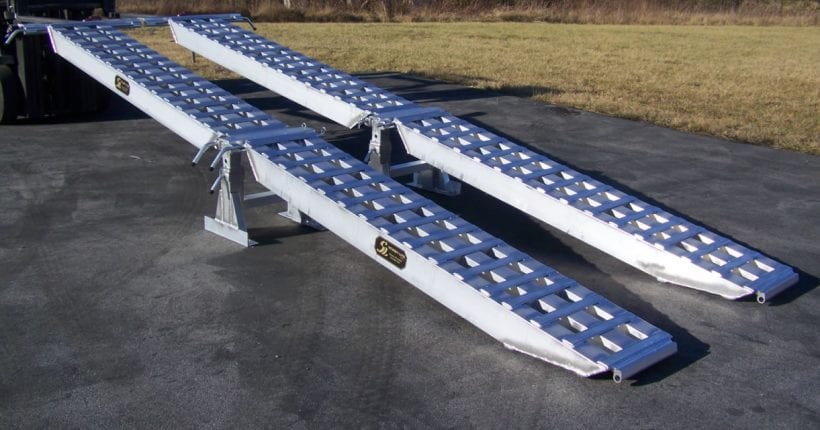
- Avoid using wet, oily or greasy aluminum loading ramps
- Know about your ramps maximum weight limits as well as your car’s gross vehicle weight rating or GVWR and make sure you never exceed the limit.
- By parking, your trailer or truck on a lower surface than the one you are loading from can reduce the angle you are working with and make your job easier.
- Keep in mind that rear-wheel-drive vehicles are heavier on the back and have the potential to flip backward at a very steep angle. So try to load these types of vehicles in reverse to avoid any problems.

